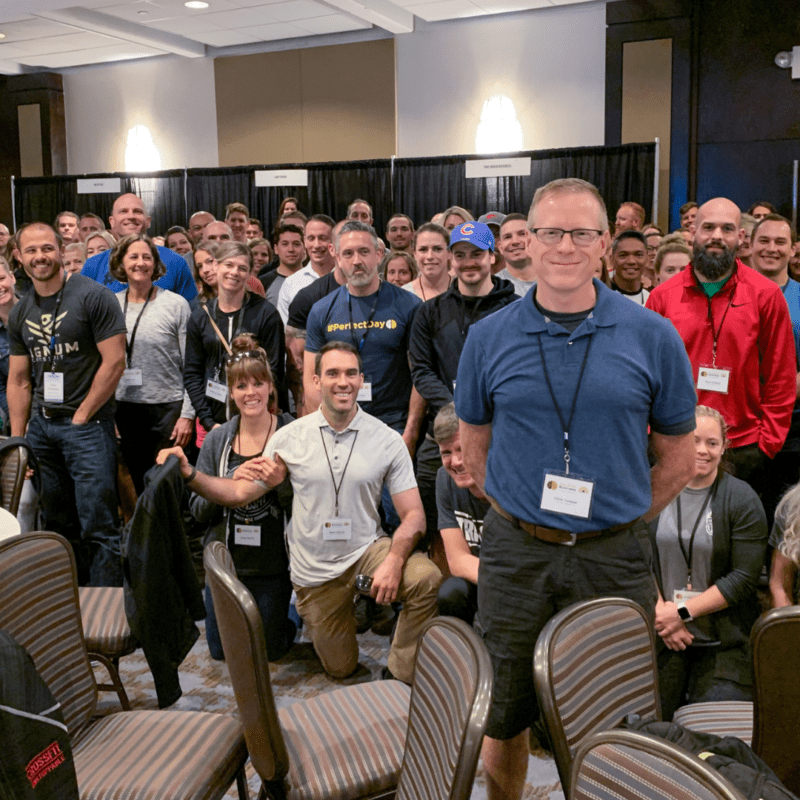by TwoBrain Media The ego loves likes. But the brain knows better. On Instagram, a string of hearts is a good thing: It means people took the time to double-tap and like your content. That’s engagement, and it’s important. A like is better than nothing, but a comment is even better still. Comments mean people stopped scrolling and took the time to write something, ask a question, offer a compliment, and so on. They didn’t just give you a high five in passing. They stopped to say, “Wow. I really like what you did.” That said, likes and comments are the singles and doubles of Instagram, to use a baseball analogy. Profile visits can be considered triples, and website clicks are home runs. A profile visit means you did enough to make someone want to learn more about your business. A website click means you moved a person to get off Instagram and get onto one of your properties, where you can educate, inspire, help and ultimately earn clients or customers. Not to be overlooked: shares and saves. Both are good. A share means a person thinks a friend would be interested in what you have to say, and the sharer is helping you get the post in front of a potentially interested party. A save means a person wants to spend more time with your content later on. It might mean someone is interested but rushed or it might mean a person wants to revisit your content. Either way, you’re winning. All of this insight is available to Instagram business accounts, but it’s very easy to miss it when you’re watching a string of hearts pop up in your notifications. Here are actual stats from three posts a gym made in January 2019: Photo 1: 72 likes Photo 2: 192 likes Photo 3: 230 likes The second and third photos were big hits for this account and generated far ...
Read More →
